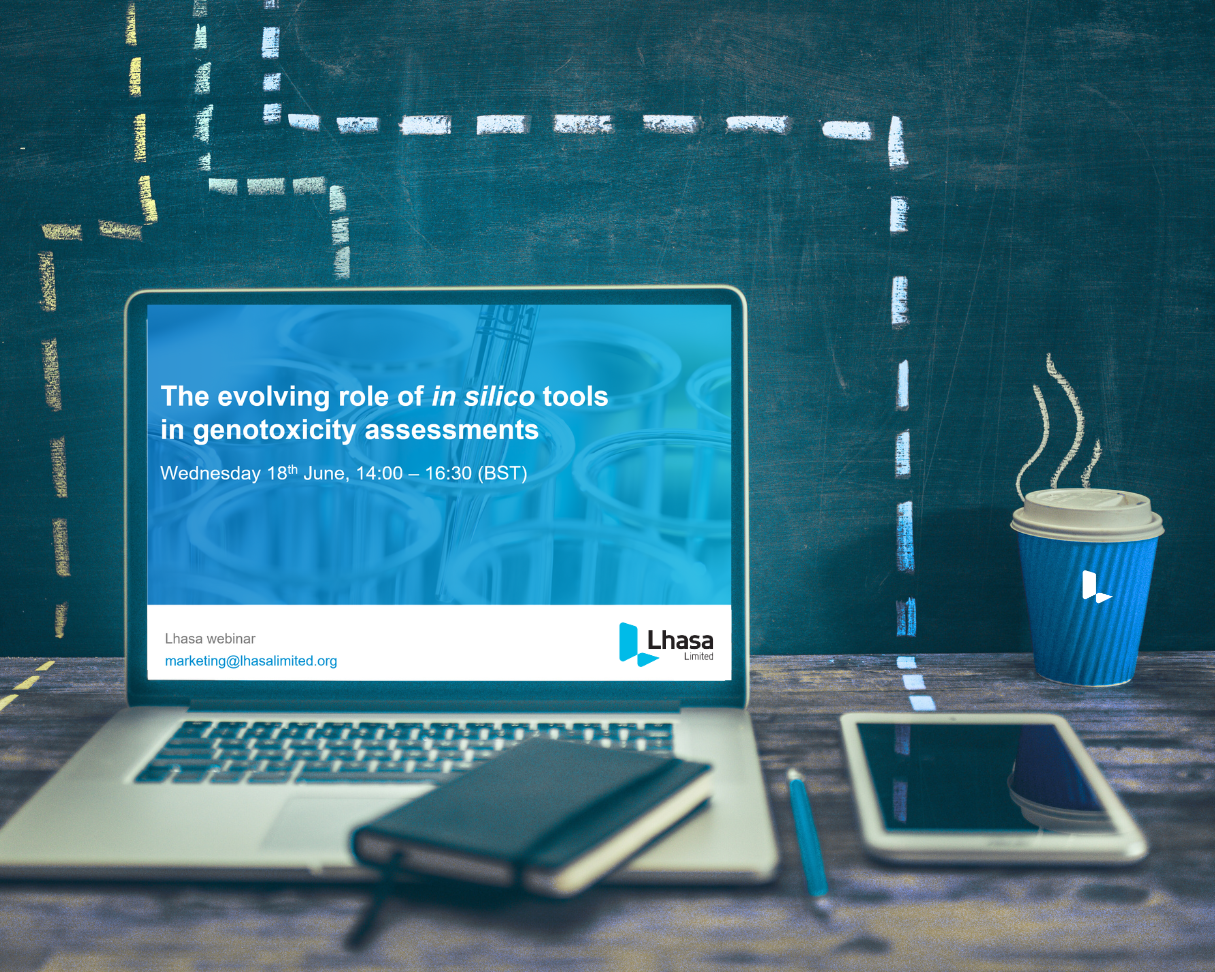As we begin this year, I am optimistic that we are now through the worst of the COVID-19 pandemic, that has affected so many of us. I am hopeful that 2022 will allow us to focus less on the pandemic and more on doing great things. One of the things I have missed the most is talking with Lhasa members and so I am thrilled to have registered to attend the Society of Toxicology (SOT) Annual Meeting in March, alongside some of my colleagues, which we hope will go ahead in-person. Conversations with our members and prospective members always inspire and motivate us at Lhasa, whether it is hearing about how our solutions are helping to solve real-life problems or learning about new opportunities, for which we could develop new solutions to support you – these conversations are even better in person. I hope to see you there.
During 2021 Lhasa continued to operate remotely, with video meetings as our default form of communication, however we were delighted to be able to reopen our Leeds office later in the year. Despite all of the technology which has enhanced remote working, there is nothing quite like working in person to generate ideas collaboratively using a whiteboard and create a plan. It is those face-to-face interactions with my colleagues that makes Lhasa a special place for me. Like many organisations, we recognise that we will never be 100% office-based again and we have been adapting our office to better suit hybrid working. You can see some of our amazing, new environment in our return-to-work video.
In my August letter, I described some of the internal changes that we have implemented this year. Our ambition is to become more agile as an organisation, to accelerate the speed at which we adapt to new technology and to eliminate unnecessary processes – enabling us to deliver better solutions, faster to our members. As these changes become our new normal, we find ourselves instinctively seeking to better understand and meet member needs – alongside providing more space for teams and individuals to find better ways to deliver. Changing how we work is never easy and I want to acknowledge the internal support I have had to do this. It is a tribute to my Lhasa colleagues that implementing such changes has not slowed us down, as can be seen by our ten data and two 2021 software releases, which you can catch up on via our news page.
Other highlights of note in 2021 include:
- March – The creation and growth of our new Applied Sciences function, led by Crina, as Director of Applied Sciences. This is more than just a name change as it indicates our focus on supporting members to apply our science to their problems. For many of you, they will be the first and closest interactions you have with Lhasa.
- May – We announced our first winner of the Richard Williams Memorial Award.
- June – Big news for us is the fact that Derek Nexus has been included in the 2021 OECD no. 497 guideline: Defined Approaches on Skin Sensitisation. This achievement follows years of hard work from the skin sensitisation team at Lhasa to apply their deep understanding and our close collaboration with many industry experts. Despite this success, the team have no intention of slowing down and will shortly be launching a new Skin Sensitisation web application which implements this OECD Defined Approach (DA), for Derek Nexus users.
- October – We published our proposed approach to address the newly published (draft) ICH S1 pharmaceutical guideline addendum using Adverse Outcome Pathways (AOPs) – we see AOPs as the vehicle to organise and apply knowledge across different levels of biological complexity when considering toxicity risk assessments.
- December – Anax is appointed as our new Director of Science (previously Head of Toxicology) and is now leading our growing science team driven to discover and share knowledge and to develop new scientific solutions that support risk assessments on chemical safety.
- Throughout 2021 – Nitrosamines continued to be an area of concern for many, and it has therefore been a key area of focus for us during 2021. Our work, to share knowledge and data to support the safe and effective mutagenicity assessment of nitrosamine impurities, has been greatly supported by the active engagement of our members who recognise the value Lhasa which can bring by leading pre-competitive collaborations. An outcome of this work has been four publications: Using less-than-lifetime (LTL) durational limits for nitrosamines, Nitrosamine Reactivity: A Survey of Reactions and Purge Processes, Utilisation of parametric methods to improve percentile-based estimates for the carcinogenic potency of nitrosamines and Developing structure-activity relationships for N-nitrosamine activity. On this topic, our Nitrites in Excipients project continues to expand rapidly. In Q1 2022 you can expect a further exciting announcement in this area – keep a close eye on our news area.
Looking forward, we have an ambitious plan for 2022 and are currently recruiting in order to build the capacity to deliver this plan. Our first release this year is Effiris 2.2 – which was released this week. Effiris as you see it today, is the culmination of several years of R&D focusing on applying advanced machine learning methods to better learn from data. Currently the Effiris federated leaning methodology is being applied to secondary pharmacology endpoints – if you are seeking better predictive performance in this area, do consider joining the Effiris consortium. We hope to be able to share some of our progress with you personally at face-to-face events this year – including at the SOT (see our events page for more information about this event and further events).
Of course, if you are not ready to attend face to face events again yet, rest assured that we will also have an exciting webinar schedule throughout the year – we are kicking off with Controlling potentially mutagenic impurities – hear from industry experts!
I cannot wrap up this article without some acknowledgements. Firstly, to my Lhasa colleagues, a dedicated and committed team with the shared ambition of meeting our purpose and charitable ambitions. It is their skill and dedication that has made Lhasa what it is today. Secondly, to all our members who support and collaborate with us – you can see a few of those in our recent #MeetTheMember LinkedIn posts. It is their generous donation of time, knowledge and data that allows us to meet our ambition of ‘shared knowledge, shared progress’. And finally, to you, reading this blog, it has been amazing to see the readership of our Lhasa blog increase throughout 2021 – your interest drives us all.
Last Updated on January 25, 2024 by lhasalimited



